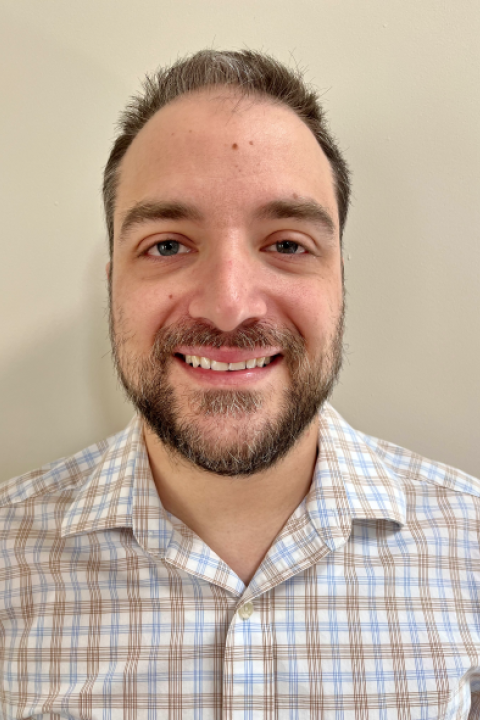
Konstantinos Sousounis
<p><strong>My laboratory aims to understand</strong>: (1) How certain vertebrate animals, like newts and axolotls, are capable of regenerating tissues and organs and, (2) How to induce regeneration in incompetent animals/tissues. <br><br><strong>Overview: </strong>Salamanders can regenerate parts of their eyes, brain, heart, and appendages among other organs/tissues. My lab focuses on eye tissue regeneration as it provides a very attractive model to study molecular and cellular aspects of tissue repair. The cells responsible for regeneration are part of the pigmented epithelium and have an amazing stem cell-like capability which enables salamanders to regenerate the lens and retina upon complete removal. The lab aims to unravel and leverage this mechanism for future regenerative therapies.<br><br><strong>Newt Lens Regeneration: </strong>Our main model system is newt lens regeneration. Following complete lens removal, pigmented epithelial cells residing in the dorsal iris proliferate, lose their pigments, and reprogram to lens epithelial cells. This results to the de novo regeneration of the missing lens.<br><br><strong>Outstanding questions:</strong> How does the pigmented epithelium get activated? How in vivo reprogramming is accomplished? Why is this ability of the pigmented epithelium restricted to salamanders? How to translate this mechanism in other animals? <br><br><strong>Methodology:</strong> The lab utilizes a plethora of methods to understand tissue regeneration including: molecular and cellular biology techniques, histology, immunohistochemistry, RNA in situ hybridization, in vitro cell culture, cell imaging, virus transduction, generation of transgenic and knockout animals, CRISPR/Cas9, bioinformatics, bulk-tissue RNAseq and single-cell RNAseq. <br><br><strong>Perspective graduate and undergraduate students</strong>; Are you interested in: Learning molecular, cellular, and histological techniques? Learning how to edit the salamander genome? Utilizing bioinformatics to tap into the salamander genome and transcriptome? Exploring how salamanders regenerate organs and tissues?<br><br><strong>Contact me and join the lab!</strong></p>
Courses Taught
- BMCB 605: Principles of Cell Biology
- BMS 730: Ethical Issues in Biomed Sci
- BMS 799H: Senior Honors Thesis
- INCO 590: Student Research Experience
- INCO 790: Advanced Research Experience
Research Interests
- Cellular Biology
- Developmental Biology
- Eye Diseases
- Molecular Biology
- Stem Cell Biology
Selected Publications
Sousounis, K., Bryant, D. M., Fernandez, J. M., Eddy, S. S., Tsai, S. L., Gundberg, G. C., . . . Whited, J. L. (2020). Eya2 promotes cell cycle progression by regulating DNA damage response during vertebrate limb regeneration. ELIFE, 9. doi:10.7554/elife.51217
Sousounis, K., Qi, F., Yadav, M. C., Millan, J. L., Toyama, F., Chiba, C., . . . Tsonis, P. A. (2015). A robust transcriptional program in newts undergoing multiple events of lens regeneration throughout their lifespan. ELIFE, 4. doi:10.7554/eLife.09594
Sousounis, K., Baddour, J. A., & Tsonis, P. A. (2014). Aging and Regeneration in Vertebrates. In MECHANISM OF REGENERATION (Vol. 108, pp. 217-246). doi:10.1016/B978-0-12-391498-9.00008-5
Baddour, J. A., Sousounis, K., & Tsonis, P. A. (2012). Organ Repair and Regeneration: An Overview. BIRTH DEFECTS RESEARCH PART C-EMBRYO TODAY-REVIEWS, 96(1), 1-29. doi:10.1002/bdrc.21006
